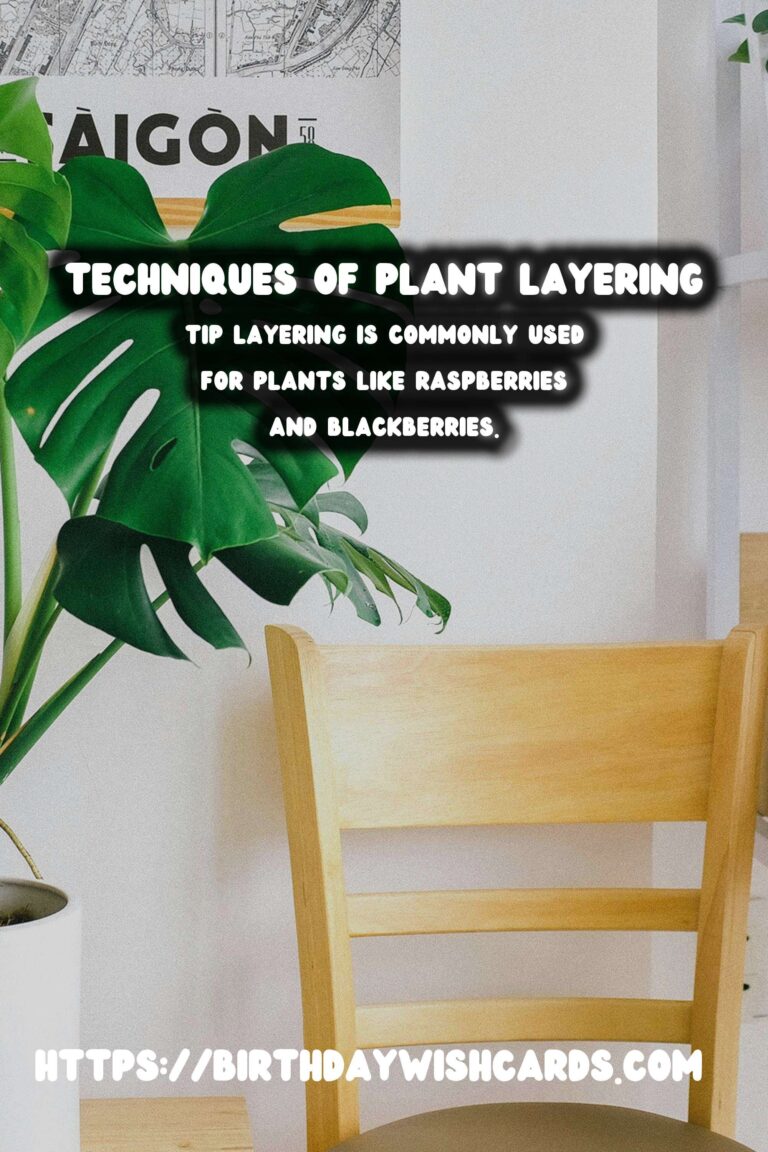
Plant propagation is a fascinating aspect of horticulture that allows gardeners to reproduce plants effectively. Among the various methods of propagation, layering stands out as an ancient yet efficient technique. Understanding the nuances of layering can significantly enhance your gardening skills, ensuring healthy and robust plant growth.
What is Layering?
Layering is a method of plant propagation that encourages roots to form on a stem while it is still attached to the parent plant. This technique ensures that the new plant has a consistent supply of nutrients and water until it is ready to be separated. This method is particularly advantageous for plants that may not root easily from cuttings.
Types of Layering
Simple Layering
Simple layering involves bending a low-growing stem to the ground and covering part of it with soil. The exposed tip remains above the soil, allowing the plant to continue photosynthesis. Over time, roots develop at the buried section, and the new plant can be separated from the parent.
Tip Layering
Tip layering is commonly used for plants like raspberries and blackberries. The tip of a stem is buried a few inches into the soil. This method is effective because the plant naturally sends roots from the buried tip, forming a new shoot.
Air Layering
Air layering is a more advanced technique used for larger plants or shrubs. A section of the stem is girdled, and moist sphagnum moss is wrapped around the wound. This area is then covered with plastic or foil to maintain moisture. Roots will form at the site, creating a new plant ready to be potted once cut from the parent.
Benefits of Layering
Layering offers numerous advantages for plant propagation. It is a reliable method for reproducing plants with high success rates. The technique ensures the new plants are healthy as they receive continuous nourishment from the parent plant. Additionally, it is cost-effective and requires minimal equipment.
Plants Suitable for Layering
Many plant species are suitable for layering, including shrubs, vines, and even some trees. Common plants include honeysuckle, forsythia, and philodendron. Knowing which plants respond well to layering can help gardeners choose the right propagation method.
Steps for Successful Layering
To successfully layer plants, select healthy and flexible stems. Prepare the chosen section by removing leaves and any side shoots. For soil layering methods, secure the stem using a peg or stone to keep it in place. Ensure the soil remains moist to encourage root growth. For air layering, regularly check the moisture content of the moss.
Conclusion
Layering is a versatile and effective method for propagating a wide range of plants. Whether you are a novice gardener or an experienced horticulturist, mastering layering techniques can expand your garden and ensure the health and vigor of your plants. Embrace this traditional method to enhance your gardening experience.
Layering is a method of plant propagation that encourages roots to form on a stem while it is still attached to the parent plant. Simple layering involves bending a low-growing stem to the ground and covering part of it with soil. Tip layering is commonly used for plants like raspberries and blackberries. Air layering is a more advanced technique used for larger plants or shrubs. Layering ensures the new plants are healthy as they receive continuous nourishment from the parent plant. Many plant species, including shrubs, vines, and trees, are suitable for layering. 
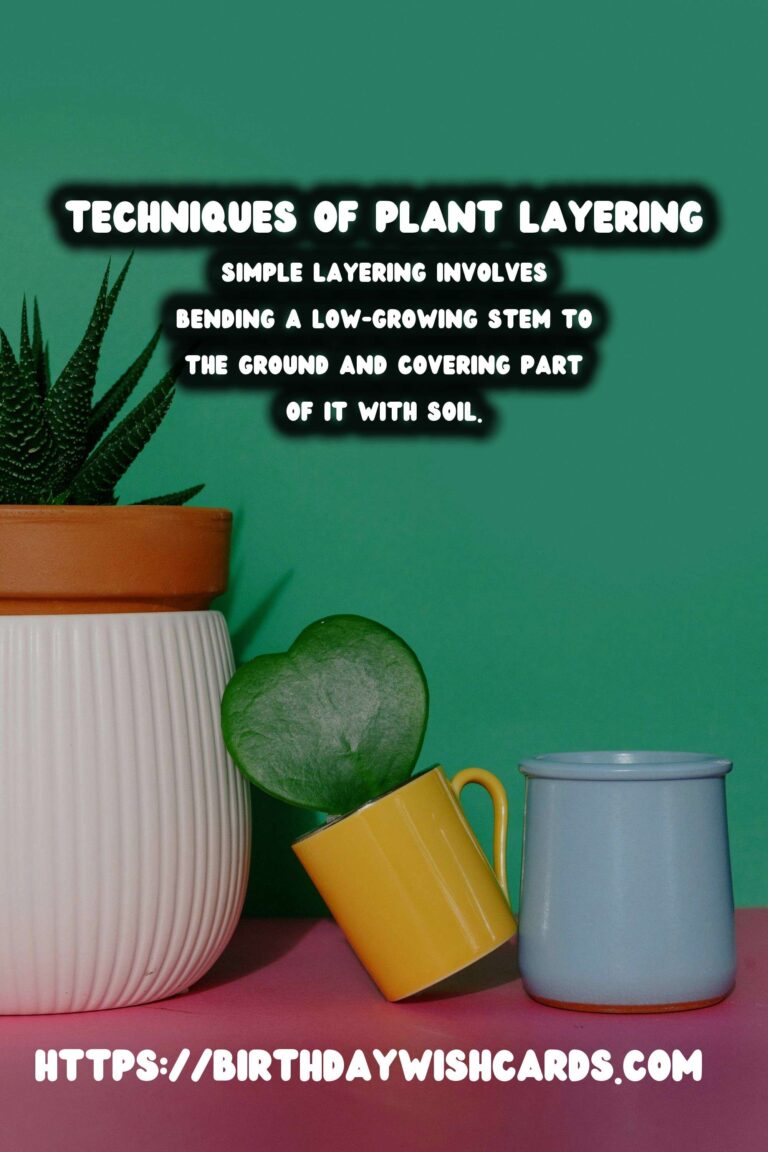
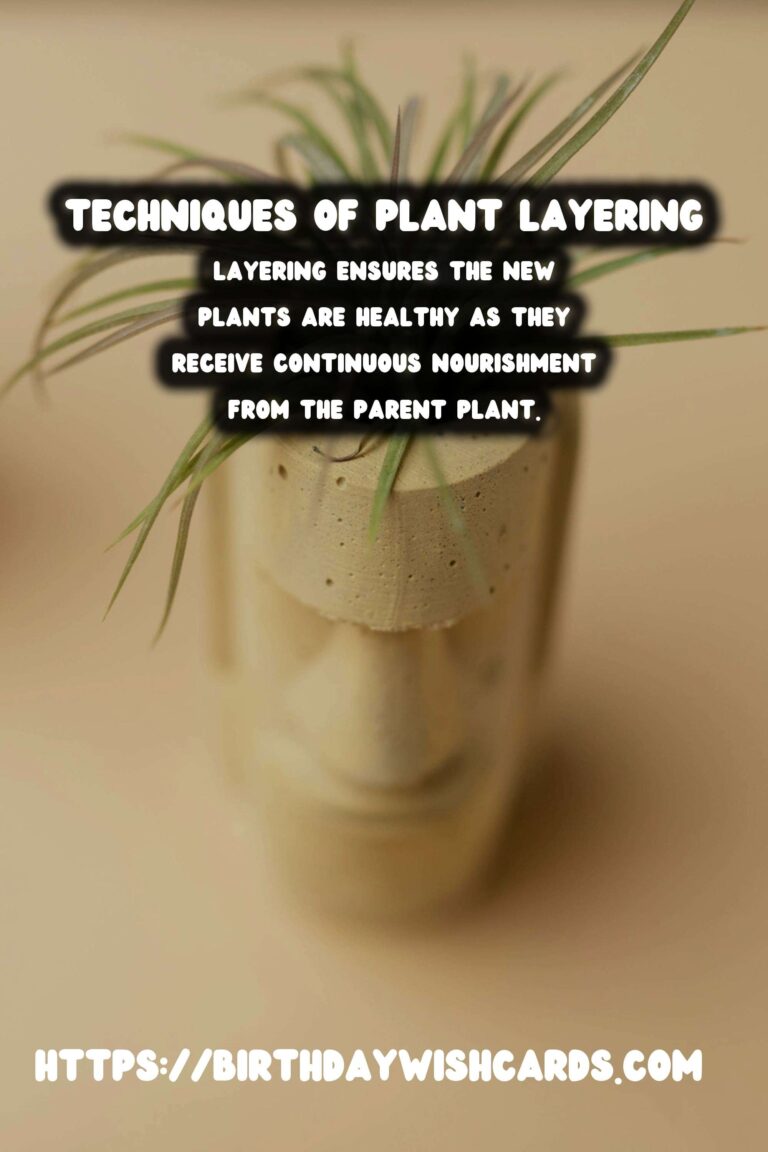
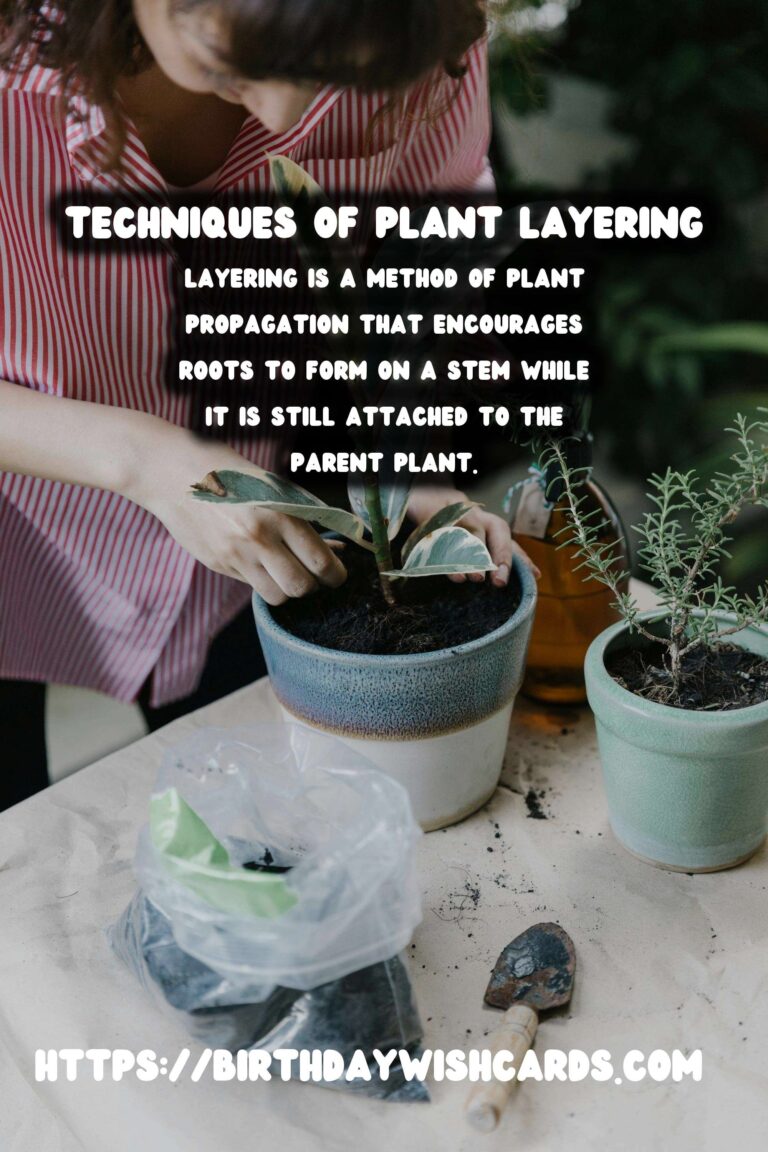
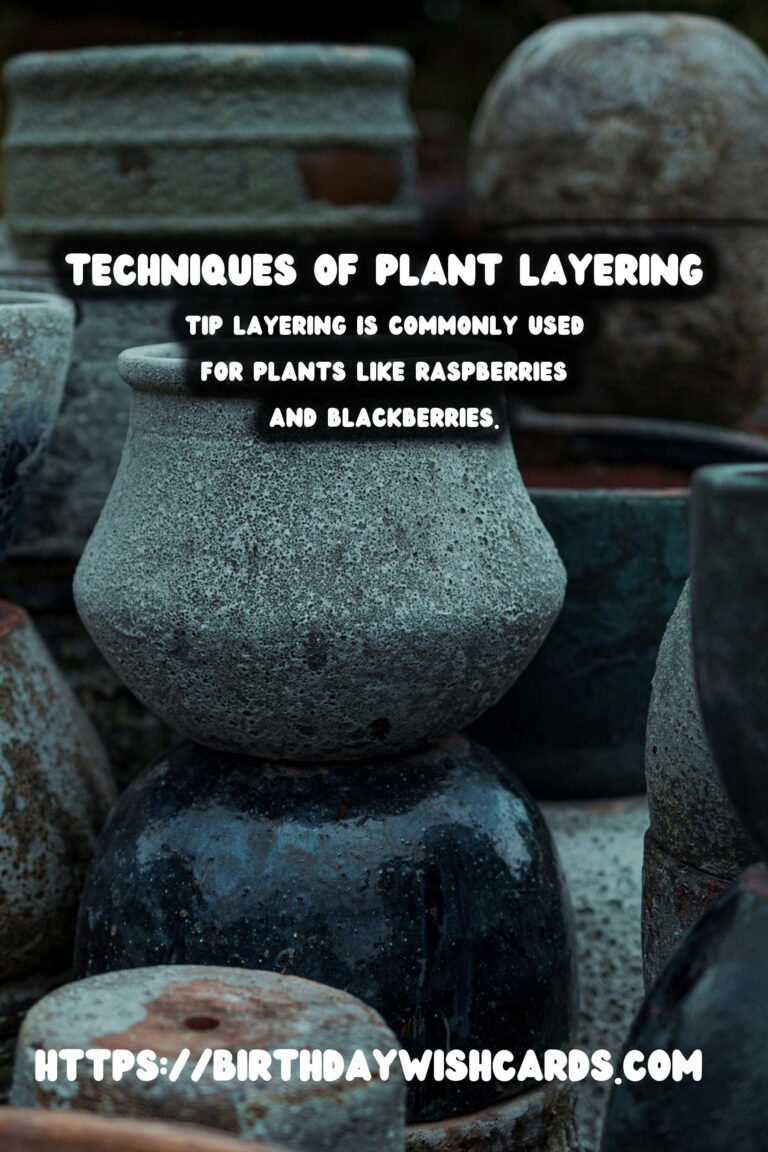

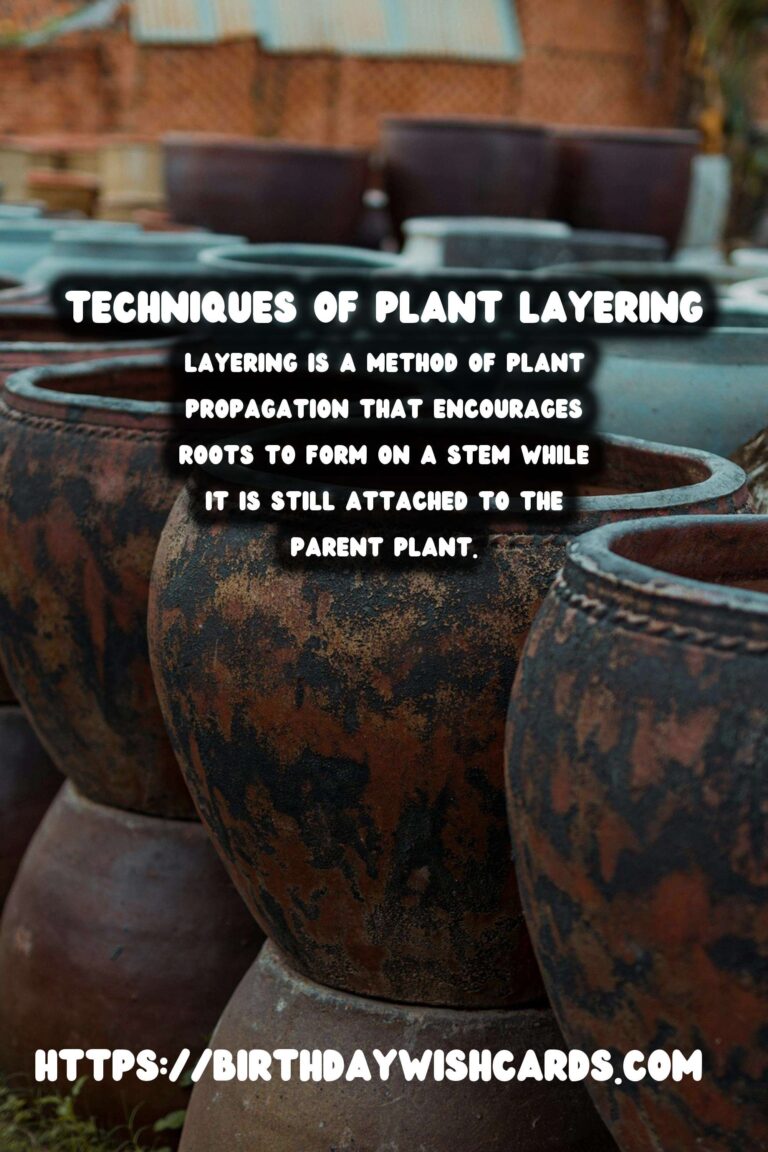
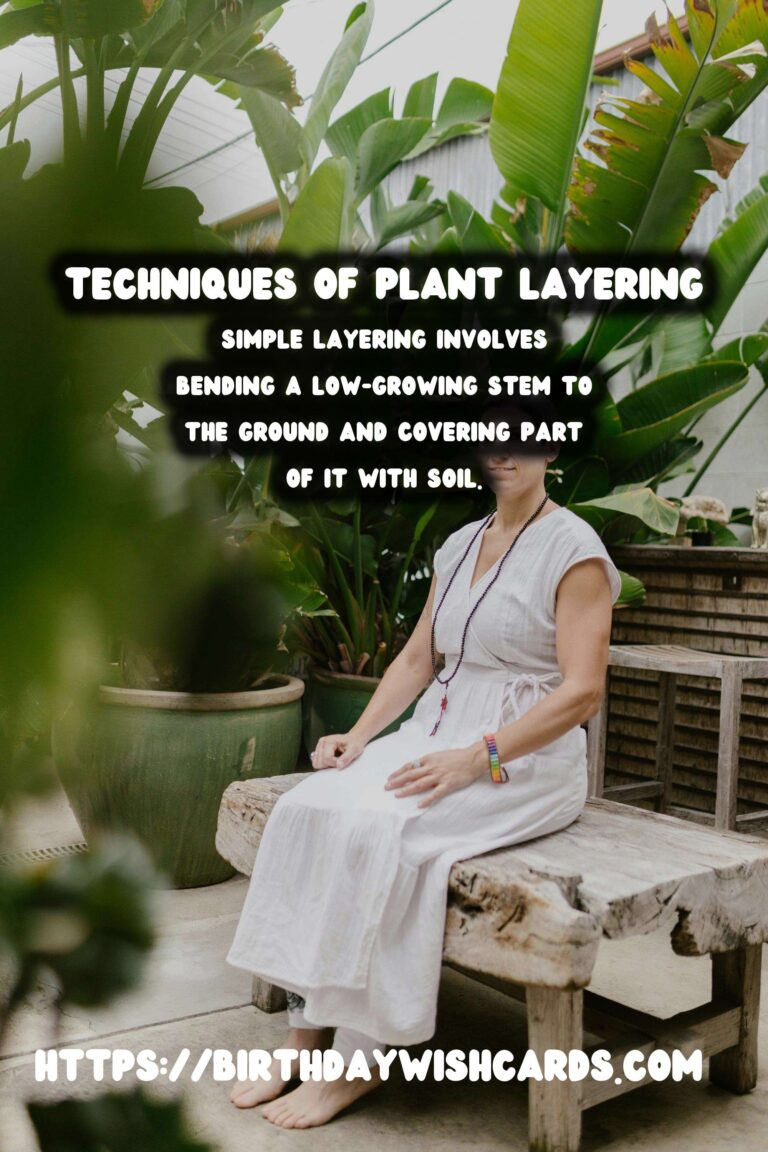
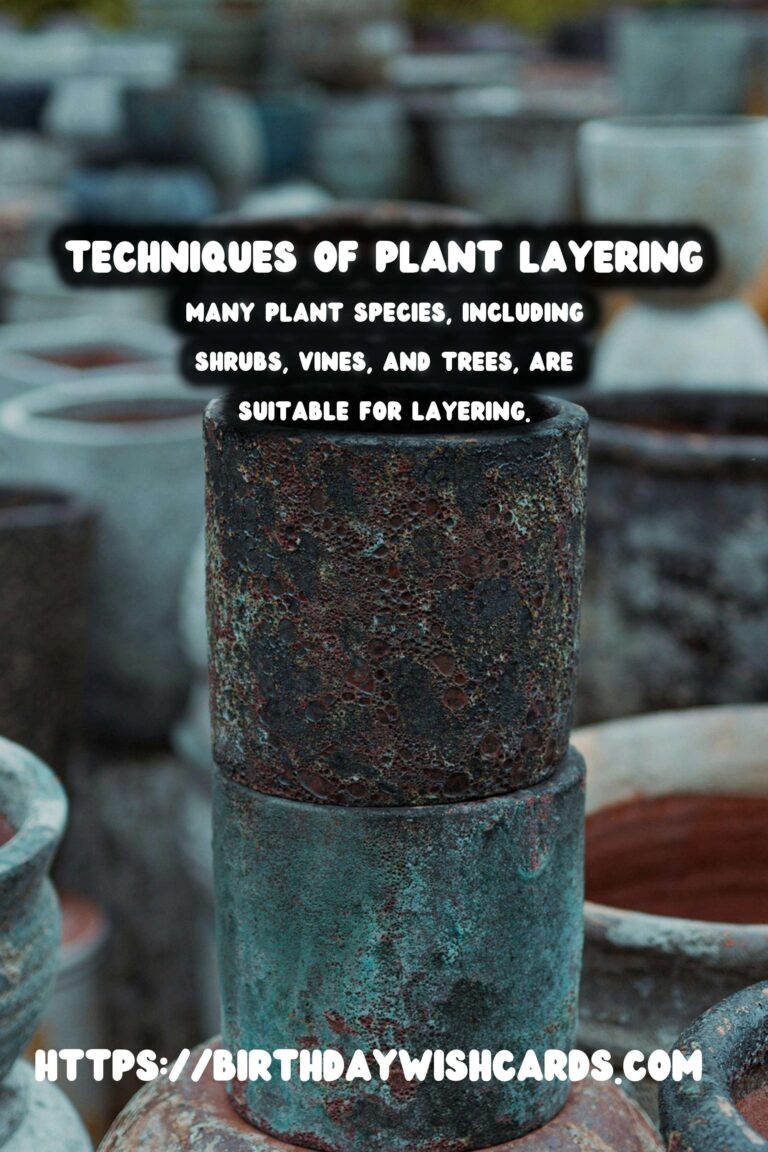
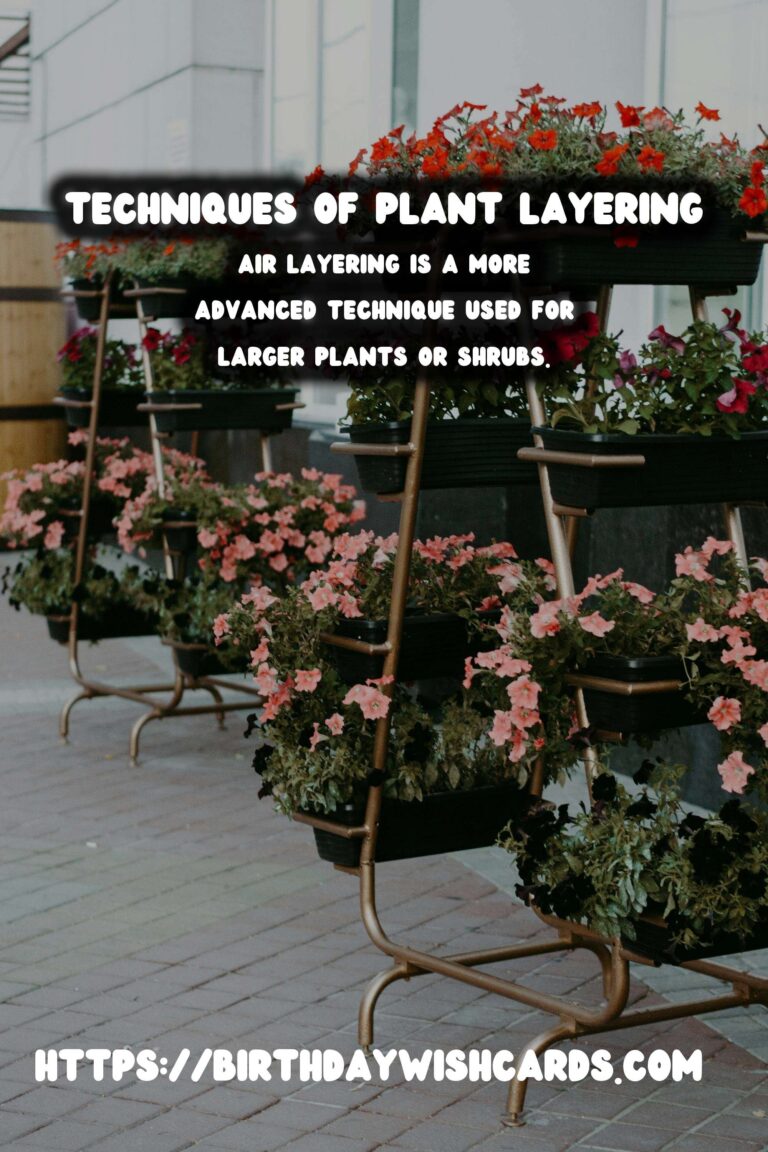
#PlantPropagation #Layering #GardeningTips #Horticulture




